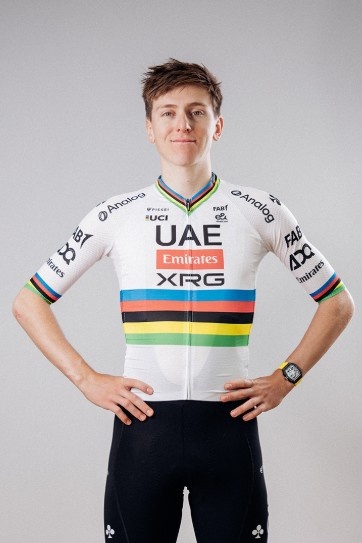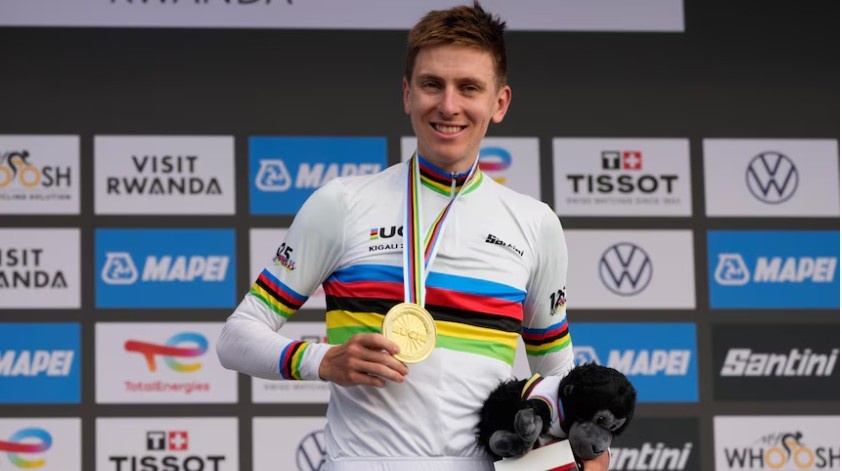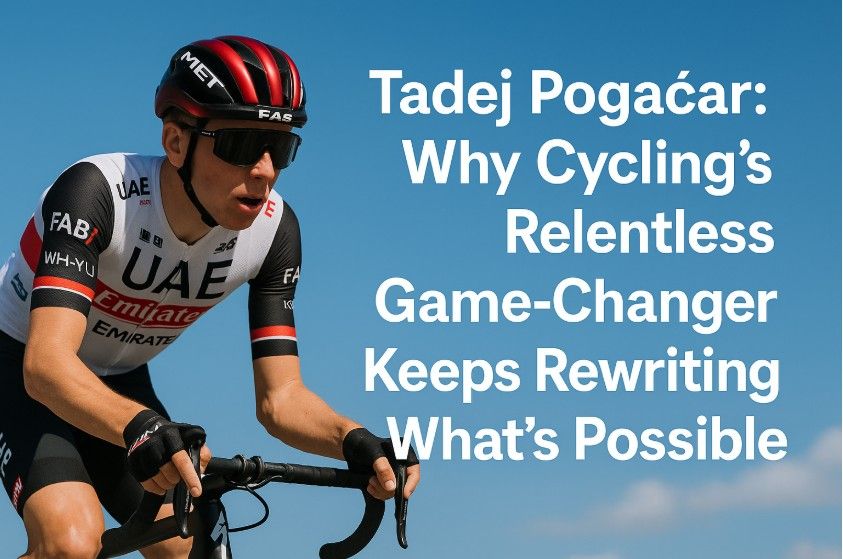I still remember the first time Tadej Pogačar made me double-check the TV clock. He launched from way out, looked like he was playing a different sport, and somehow made a brutal race feel like a solo joyride. Since then, I’ve watched him turn “impossible” into routine—Grand Tours, Monuments, and now back-to-back rainbow jerseys.
If you’re trying to understand why he dominates headlines and hilltops alike, this guide pulls together the best insights from top coverage and stats sites—and packages them into something you can actually use to follow (and enjoy) his greatness.
Who is Tadej Pogačar, and how did he become this good, this young?
Born September 21, 1998, in Slovenia, Pogačar—“Pogi”—rose fast through the junior ranks, won the under-23 Tour de l’Avenir in 2018, and leapt into the WorldTour in 2019. By 20, he’d already won the Tour of California and taken three Vuelta stages en route to third overall. That set the tone: he wasn’t just promising; he was already elite.
Physically, he’s listed at 1.76–1.77 m and ~66 kg, the classic profile for a climber who time trials like a GC killer. But the real edge is range. He reads races brilliantly, attacks when rivals least expect it, and recovers like a miracle—traits that translate across stage races and one-day Classics.

Image Credit: UAE Team Emirates
What has Tadej Pogačar won—and why does that résumé turn skeptics into fans?
Let’s start with the headliners. He owns multiple Tour de France titles (2020, 2021, 2024, 2025) and added a Giro d’Italia overall in 2024, completing the first Giro-Tour double since 1998. He’s stacked Monuments—Strade Bianche, Tour of Flanders, Liège–Bastogne–Liège, and a four-peat at Il Lombardia through 2024—with even more one-day wins in 2025. The punchline: in both 2024 and 2025, he won the Tour de France and the UCI Road World Championships road race in the same year. That double-double is unheard of in the modern era.
Most recently, he defended the rainbow jersey in Kigali with a long-range solo attack that reduced a world-class field to spectators. Reports called it one of the most ruthless masterclasses of the season—and the elevation profile backed that up.
How does Tadej Pogačar actually win races—what’s the blueprint?
The short answer: there isn’t just one. In stage races, he builds GC leads with uphill finishes and damage-limiting (often damage-dealing) time trials. He rides proactively, not defensively, which forces rivals to chase on his schedule. In one-day races, he often detonates the field from far out—think 100 km-plus flyers that feel audacious until they work, and then feel inevitable. Kigali was the latest exhibit: a 100-plus-kilometer move that never looked reckless, just perfectly judged.
Tactically, he benefits from a stacked UAE Team Emirates roster. The team has paced and protected him brilliantly, and in 2025 they smashed the modern record for wins in a season—proof that the support network is deep and organized. When your domestiques can make winning moves themselves, your options multiply.

Image Credit: ABC News
What should I watch next if I’m new to Tadej Pogačar—and want to sound smart with friends?
Start with any mountain stage of the Tour where he’s under pressure; he tends to flip scripts in real time. Then cue up his Monument wins for a crash course in one-day race craft: the gravel-laced aggression of Strade Bianche, the cobbles and bergs of Flanders, and the wall-to-wall fatigue test that is Liège.
Finish with a replay of his latest Worlds win to see long-range control at its cleanest. As context, skim his live stats and palmarès on ProCyclingStats and his team bio—those pages help translate jaw-drops into numbers.
Is Tadej Pogačar changing how pros race—and how we talk about greatness?
Yes on both counts. He’s normalized early, decisive aggression in races where caution used to be the default. He’s also blurred old boundaries: GC riders aren’t supposed to win Flanders; he has—twice by 2025. And the back-to-back Tour + Worlds doubles have shoved him into “all-time” debates well before 30. Whether you measure dominance by breadth (Monuments + Grand Tours), by ceiling (solo raids), or by consistency (weeks as world No. 1), he’s ticking boxes we used to treat as mutually exclusive.
FAQs about Tadej Pogačar
1. Why do commentators call Tadej Pogačar the best all-rounder of his era?
Because he wins everywhere: Grand Tours, hilly Classics, cobbled Monuments, gravel-heavy epics, and now consecutive world titles. The data trail—GC victories, stage counts, and Monument tallies—backs the vibe you see on screen. It’s not one superpower; it’s five or six that all show up when it matters.
2. What makes his 2024–2025 stretch historically unique?
Two years in a row, he nailed the Tour de France and the World Championship road race double—after already achieving a Giro-Tour double in 2024. In the modern, ultra-specialized era, stringing those together is almost mythic. It’s why many headlines now use words like “legacy” and “greatest.”
3. How strong is his team compared with rivals?
UAE Team Emirates has turned depth into a weapon. In 2025 they set a season-win record across stage races and one-day events, which means Pogačar rarely fights alone. Their ability to control selections, pace crucial climbs, and still have finishers late multiplies his options.
4. Where can I track Tadej Pogačar results and upcoming targets?
Bookmark his ProCyclingStats profile for live results and historical context, and check the UAE Team Emirates rider page for official bios and season notes. Together they give you quick facts (height, weight, wins) and deeper performance logs you can skim before big race days.
One More Hill? Fine—Here’s the Takeaway on Tadej Pogačar
If you’re new to pro cycling, start with Tadej Pogačar and work outward. He’s the rare athlete who makes complex races feel simple: read, attack, commit, finish. The palmarès is already generational—multiple Tours, a Giro, a shelf of Monuments, and now consecutive rainbow jerseys—yet the way he wins is what hooks you. It’s attacking, it’s joyful, and it’s changing how the best riders race him and how the rest of us talk about greatness.
And while rivals like Jonas Vingegaard continue to push him to his limits in epic Tour de France duels, that rivalry only sharpens Pogačar’s legend. The battles between the two have elevated men’s cycling into a golden era, where every summit finish feels like history being written in real time. Keep his name in your first or second sentence when you explain modern cycling—because he’s the sentence that defines the era.






